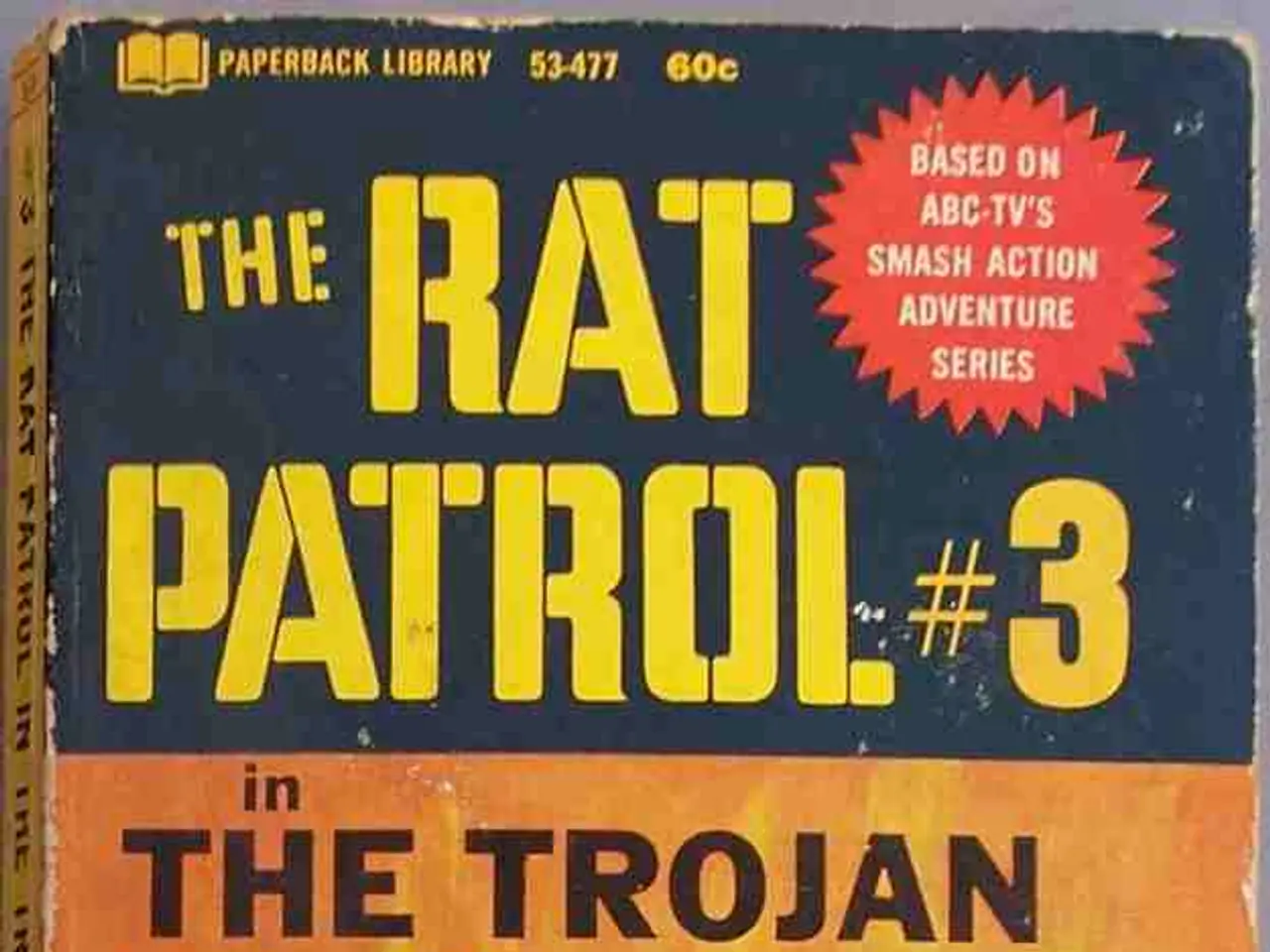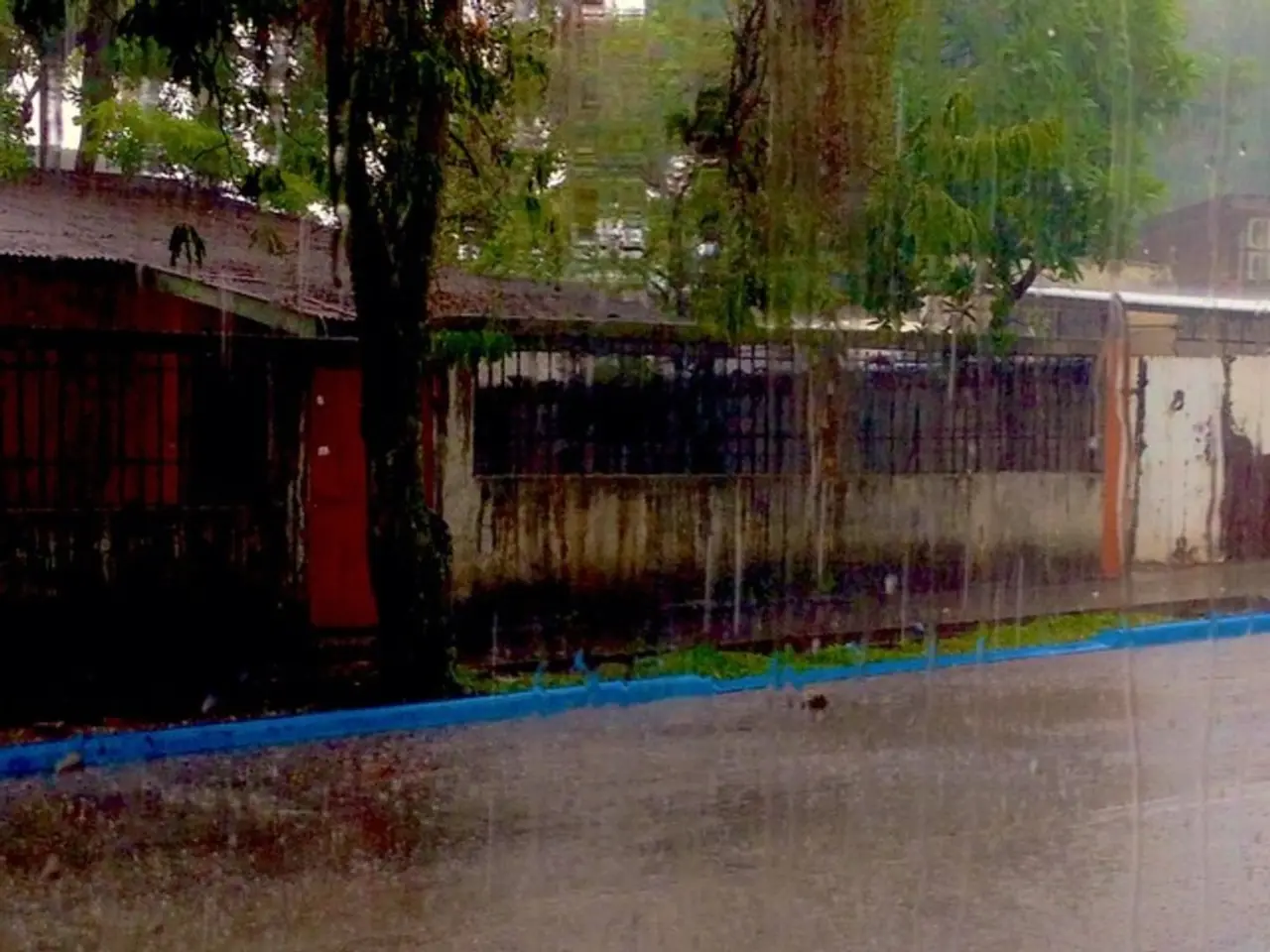U.S. emissary Witkoff's trip to Gaza faced criticism as a mere publicity gimmick
The situation in Gaza is a humanitarian emergency, with the aid distributed by the Gaza Humanitarian Foundation (GHF) and other international organizations falling short of the needs of the population. Despite the U.S.- and Israeli-backed GHF's claims of delivering over 100 million meals since May 2025, the capacity is only about 60 trucks of food per day, far less than the approximately 600 trucks per day delivered during the ceasefire earlier in 2025.
GHF's distribution sites have become flashpoints of desperation and violence. Over 1,000 people have reportedly been killed by Israeli fire while seeking aid since May 2025, most near GHF and UN aid sites. Human Rights Watch and other experts have condemned these killings as violations of international humanitarian and human rights law.
The Israeli military asserts it has only fired warning shots to prevent dangerous crowding or in response to people ignoring orders to keep distance. However, reports from hospitals in Gaza confirm multiple deaths, including children, caused by shootings near aid sites and during Israeli airstrikes.
The aid distribution mechanism is severely constrained by the Israeli military blockade and restrictions, which have resulted in only 28 to 60 aid trucks per day entering Gaza—far below what is needed for the population of over two million people. Large stocks of food and medical supplies remain blocked in warehouses outside Gaza, worsening hunger and malnutrition, especially among children and the elderly.
Steve Witkoff, Middle East envoy, recently entered Gaza in a rare visit by high-level U.S. officials. Witkoff visited an aid distribution site run by the GHF in southern Gaza, aiming to give President Donald Trump a clear understanding of the humanitarian situation and craft a plan to deliver food and medical aid. However, Palestinians and others inside Gaza criticized the visit as a public relations stunt for GHF.
On the day of Witkoff's visit, at least 92 people were killed in Gaza, including 51 people who were seeking aid. Top U.S. officials have begun to acknowledge the humanitarian crisis in Gaza, with Vice President JD Vance stating that there are emaciated children who are starving to death in Gaza.
Witkoff also visited Hostages Square in Tel Aviv to meet with families of Israeli hostages held captive by Hamas. He told the families that they will get their children home and hold Hamas responsible for any bad acts. Two videos of Israeli hostages, Rom Braslavski and Evyatar David, were released during this time, showing them alive but frail.
The overall situation remains a severe humanitarian emergency with ongoing blockage and restrictions limiting effective aid delivery. International legal standards and humanitarian groups have condemned these killings as war crimes. The crisis in Gaza continues to unfold, with the need for urgent action to address the escalating starvation and violence.
References:
- Al Jazeera
- Human Rights Watch
- UN OCHA
- NBC News
- The Guardian
- Despite international efforts to alleviate the humanitarian crisis in Gaza, the situation has been worsened by incidents of violence at GHF's distribution sites, raising questions about the roles of war-and-conflicts, politics, and general-news in escalating the crisis.
- The ongoing humanitarian emergency in Gaza is further complicated by the increased crimes-and-justice issues, such as the killings near aid sites and the continued Israeli military blockade, which have significantly restricted the delivery of necessary food, medical supplies, and general-news reporting, aggravating accidents and accidents-related deaths.







